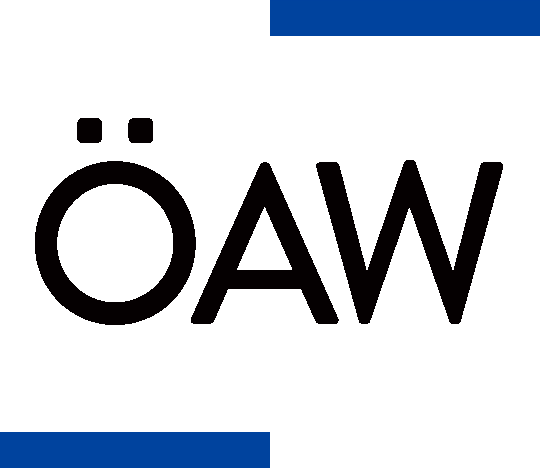Project 3
Discontinuous Galerkin Domain Decomposition Methods in IGA
Isogeometric analysis (IGA) uses the same class of basis functions for both, representing the geometry of the computational domain and approximating the solution. In practical applications, geometrical patches are used in order to get flexibility in the geometrical representation. This patch representation corresponds to a domain decomposition (DD). In this subproject, we propose to investigate Discontinuous Galerkin (DG) formulations that allow discontinuities along the subdomain (patch) boundaries only. The required smoothness is obtained by DG terms which are only living on the boundary of the subdomains. The construction of such DG-DD-IGA schemes, the corresponding discretization error analysis and the construction of fast DD solvers for second-order elliptic boundary value problems in three-dimensional computational domains, and for second-order elliptic or parabolic partial differential equations (PDEs) living on the surface of such domains are the main objectives of this subproject.
Since the pioneer work by T.J.R. Hughes, J.A. Cottrell, and Y. Bazilevs in 2005, many papers have been published on IGA, especially, for engineering applications. The IGA uses the same class of basis functions (e.g. NURBS) as those used for the geometry representation of the computational domain, whereas the finite element (FE) analysis uses the geometry representation of the computational domain only for the mesh generation and the mesh re-finement procedure. In general, the FE mesh provides only an approximation to the geometry produced by a CAD system. Therefore, it introduces an error that must be controlled. An exact representation of the geometry at all discretization levels can be very useful in many situations. Shape optimization problems with PDE constraints, and PDEs on surfaces are two typical examples. Modern numerical methods like multigrid or domain decomposition solvers for elliptic PDEs need coarse grid solvers for providing the so-called global information transport. It is therefore much more easier to construct coarse representations and the corresponding solvers in the IGA.




